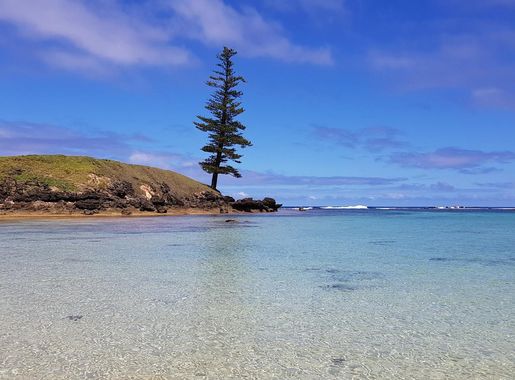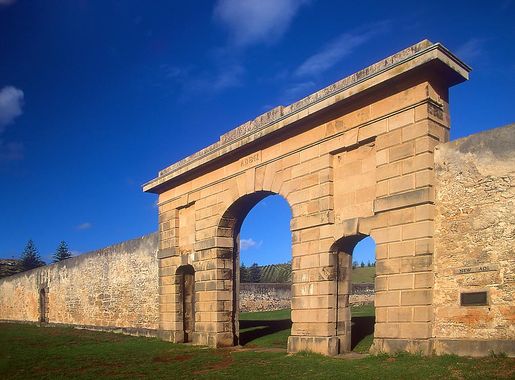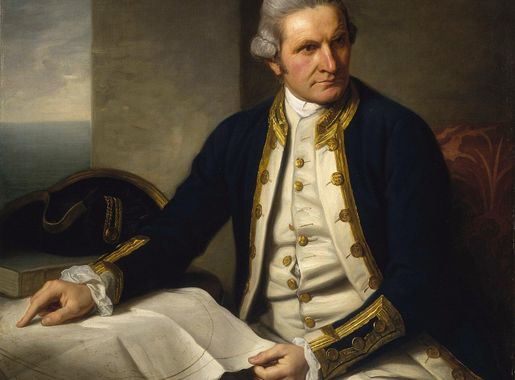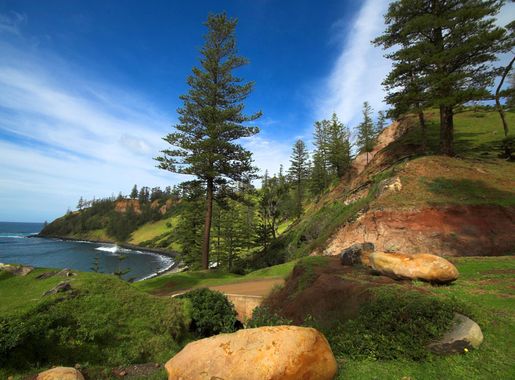
Tranquil Waters of Slaughter Bay: Norfolk Island's Hidden Gem
Discover the serene beauty and rich history of Slaughter Bay on Norfolk Island, where pristine beaches meet vibrant marine life and fascinating colonial heritage.
Slaughter Bay, located on the serene Norfolk Island, is a haven for tourists seeking tranquility and natural beauty. The bay's clear turquoise waters and pristine beaches are perfect for swimming, snorkeling, and simply relaxing under the sun. The surrounding coral reef teems with marine life, making it a paradise for underwater explorers. History enthusiasts will appreciate the bay's proximity to the Kingston and Arthur's Vale Historic Area, a UNESCO World Heritage site. This area offers a glimpse into Norfolk Island's convict past, featuring well-preserved colonial buildings and fascinating historical artifacts. Whether you're lounging on the sandy shore or diving into the vibrant underwater world, Slaughter Bay offers a unique blend of relaxation and adventure. Its natural splendor and historical significance make it a must-visit destination on Norfolk Island.
Local tips in Slaughter Bay
- Bring snorkeling gear to explore the coral reefs teeming with marine life.
- Visit early in the morning to avoid crowds and enjoy a peaceful experience.
- Wear reef-safe sunscreen to protect the delicate marine ecosystem.
- Take a guided tour of the Kingston and Arthur's Vale Historic Area for a deeper understanding of the island's history.
- Pack a picnic and enjoy a meal by the bay's scenic shoreline.
Tranquil Waters of Slaughter Bay: Norfolk Island's Hidden Gem
Slaughter Bay, located on the serene Norfolk Island, is a haven for tourists seeking tranquility and natural beauty. The bay's clear turquoise waters and pristine beaches are perfect for swimming, snorkeling, and simply relaxing under the sun. The surrounding coral reef teems with marine life, making it a paradise for underwater explorers. History enthusiasts will appreciate the bay's proximity to the Kingston and Arthur's Vale Historic Area, a UNESCO World Heritage site. This area offers a glimpse into Norfolk Island's convict past, featuring well-preserved colonial buildings and fascinating historical artifacts. Whether you're lounging on the sandy shore or diving into the vibrant underwater world, Slaughter Bay offers a unique blend of relaxation and adventure. Its natural splendor and historical significance make it a must-visit destination on Norfolk Island.
When is the best time to go to Slaughter Bay?
Iconic landmarks you can’t miss
Norfolk Island National Park
Explore the scenic beauty and rich biodiversity of Norfolk Island National Park, a haven for nature lovers and history enthusiasts in Australia.
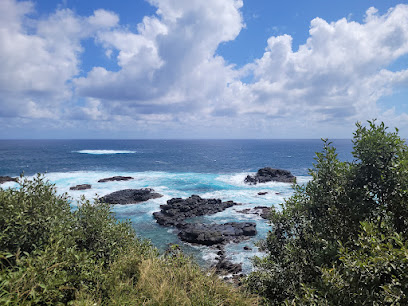
St Barnabas Chapel
Discover the historical and spiritual charm of St Barnabas Chapel on Norfolk Island, a serene spot steeped in rich heritage and breathtaking views.
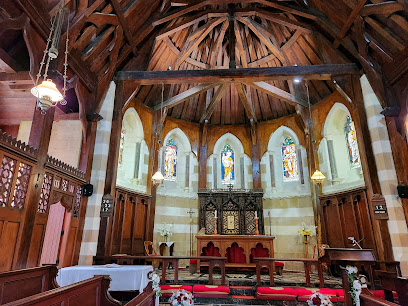
Mount Pitt Lookout
Discover the stunning views and natural beauty at Mount Pitt Lookout, a premier tourist attraction on Norfolk Island, perfect for nature lovers and photographers.
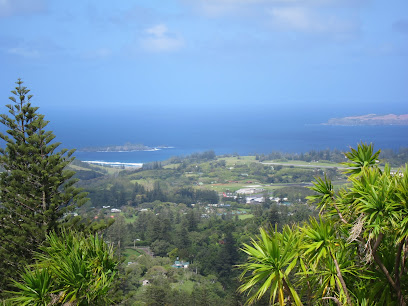
Queen Elizabeth Lookout
Experience stunning panoramic views and the natural beauty of Norfolk Island at the Queen Elizabeth Lookout, a must-visit tourist attraction.
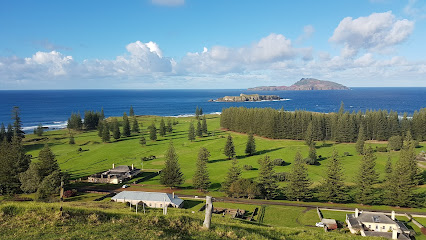
No 10 Quality Row House Museum
Discover the heritage of Norfolk Island at No 10 Quality Row House Museum, a captivating journey into the island's historical past.
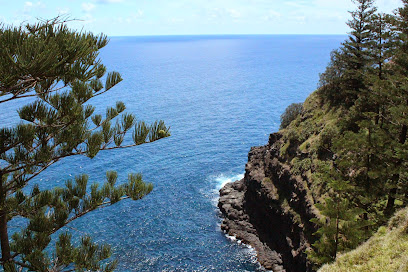
Emily Bay
Experience the serene beauty of Emily Bay on Norfolk Island, a peaceful paradise perfect for swimming, snorkeling, and relaxation.
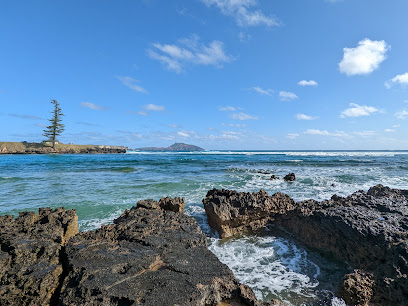
Fletcher’s Mutiny Cyclorama
Explore Norfolk Island's history through the stunning 360-degree artwork at Fletcher’s Mutiny Cyclorama, a captivating heritage museum.

Botantic Gardens
Explore the enchanting Botanic Gardens of Norfolk Island, a lush retreat showcasing local flora and stunning landscapes in a serene environment.
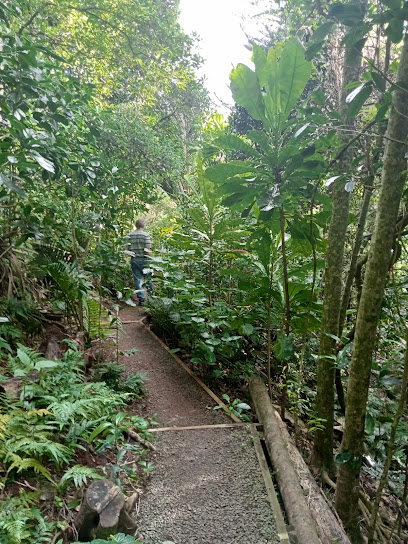
Cockpit Waterfall
Experience the tranquil beauty of Cockpit Waterfall, a natural paradise on Norfolk Island perfect for relaxation and adventure.
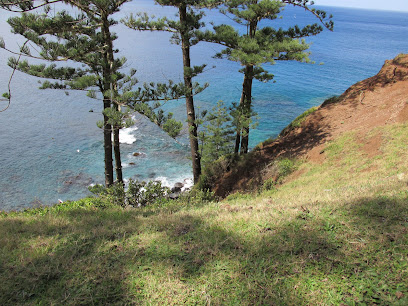
Cemetery Bay
Discover the tranquil beauty of Cemetery Bay, a hidden gem on Norfolk Island offering stunning views, serene beaches, and unforgettable sunrises.

HMS Sirius Museum
Explore the maritime history of Norfolk Island at the HMS Sirius Museum, the flagship of the First Fleet, and uncover captivating stories of early exploration.

Kingston UNESCO World Heritage Site
Discover the historical charm and breathtaking landscapes of the Kingston UNESCO World Heritage Site on Norfolk Island, a must-visit destination for history and nature lovers.
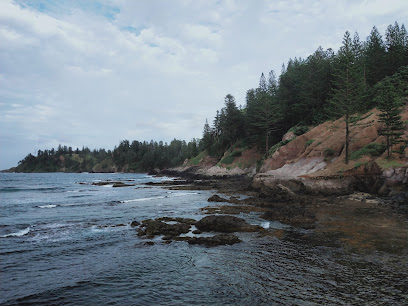
Commissariat Store
Explore Norfolk Island's past at the Commissariat Store, a historical museum filled with artifacts that illuminate the island's rich cultural heritage.

Norfolk Island Cemetery
Explore the serene Norfolk Island Cemetery, a historical gem that reflects the rich heritage and poignant stories of the island's past.
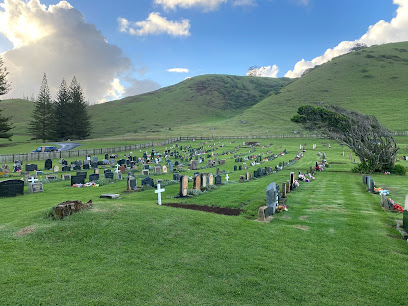
Crystal Pool
Explore the serene beauty of Crystal Pool on Norfolk Island, a hidden gem perfect for hiking and nature lovers seeking tranquility in stunning landscapes.
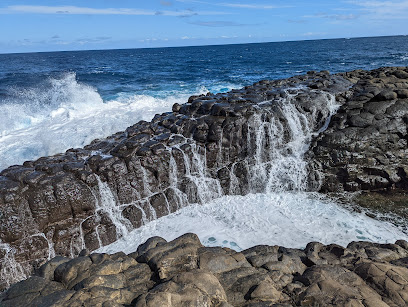
Unmissable attractions to see
St Barnabas Chapel
Explore the serene beauty and rich history of St Barnabas Chapel, Norfolk Island's cherished church and a peaceful retreat for travelers.
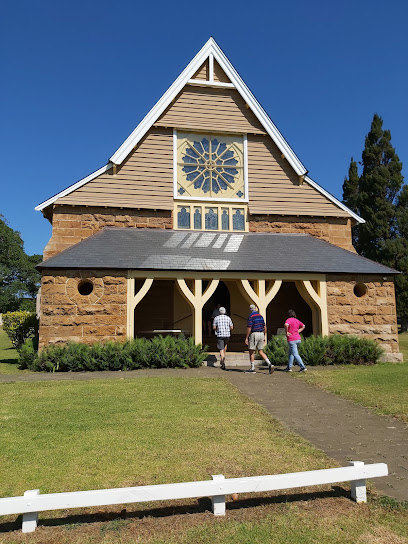
Norfolk Island Liquor Bond Store
Explore Norfolk Island Liquor Bond Store for a taste of local spirits and wines, offering an impressive selection at competitive prices in a welcoming atmosphere.
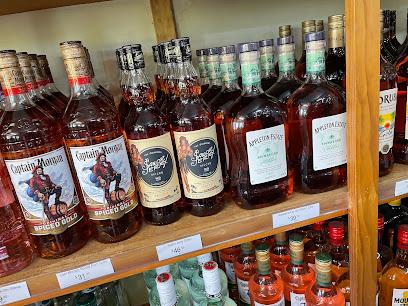
Hundred Acres Reserve
Discover the enchanting beauty of Hundred Acres Reserve, a nature preserve in Norfolk Island, offering serene landscapes and diverse wildlife encounters.
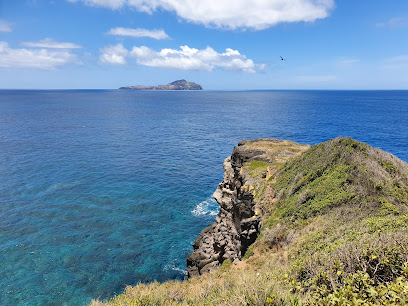
No 10 Quality Row House Museum
Explore the rich history of Norfolk Island at No 10 Quality Row House Museum, featuring captivating exhibits and artifacts from the island's past.
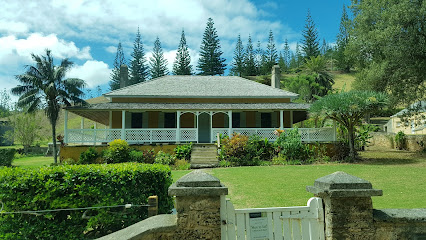
Fletcher’s Mutiny Cyclorama
Explore the captivating heritage of Norfolk Island at Fletcher’s Mutiny Cyclorama, where art meets history in a stunning 360-degree mural experience.

Botantic Gardens
Explore the tranquil beauty of Norfolk Island's Botanic Gardens, a haven for plant lovers and nature enthusiasts, filled with vibrant flora and stunning views.
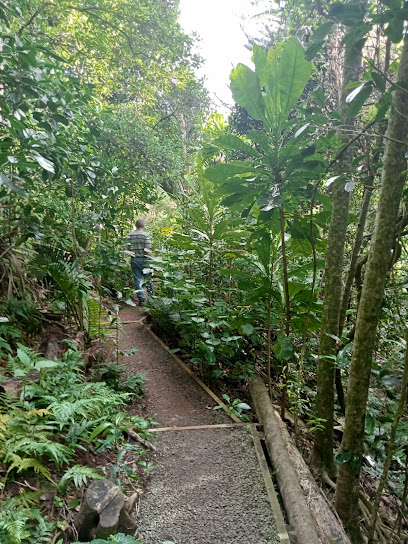
Strawberry Fields & Hedge Maze
Experience the charm of Strawberry Fields & Hedge Maze on Norfolk Island, where nature meets fun in a picturesque setting.
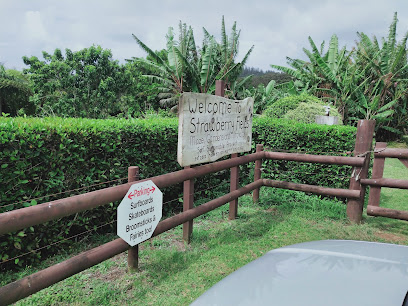
Cockpit Waterfall
Experience the breathtaking beauty of Cockpit Waterfall, a serene natural wonder on Norfolk Island, perfect for nature lovers and photographers alike.
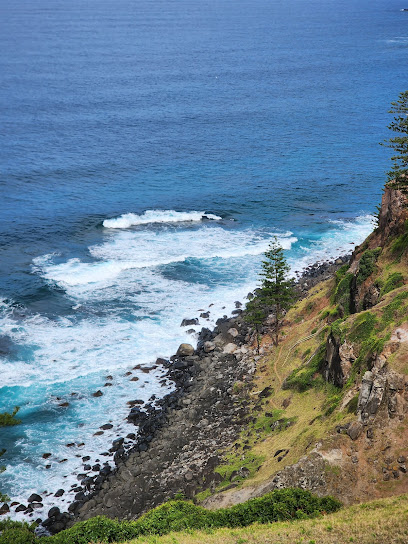
Discovery Centre
Explore Norfolk Island's natural history at the Discovery Centre, where biodiversity and culture come alive in an engaging setting.

Norfolk Island Liquors
Experience the unique flavors of Norfolk Island at Norfolk Island Liquors, where local spirits and international beverages await you.

Bird Rock Lookout
Discover breathtaking views and serene natural beauty at Bird Rock Lookout, the perfect spot for relaxation and birdwatching on Norfolk Island.
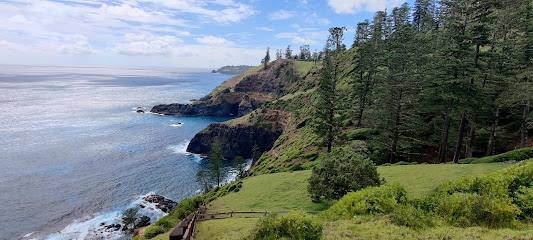
Two Chimneys Wines
Explore Two Chimneys Wines, a serene winery on Norfolk Island offering exquisite local wines, breathtaking views, and a memorable tasting experience.
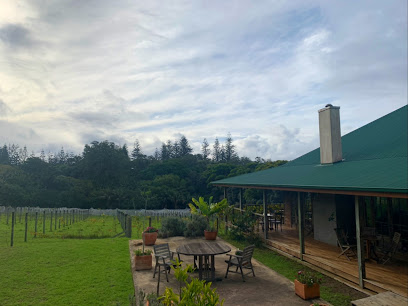
Wonderland By Night
Experience the enchanting atmosphere of Wonderland By Night in Norfolk Island, where breathtaking light displays and captivating performances await you.
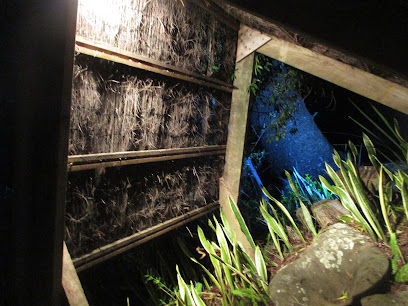
Каменния плаж
Explore Kamennaya Plazh, a serene beach on Norfolk Island, where natural beauty and tranquility create the perfect getaway.
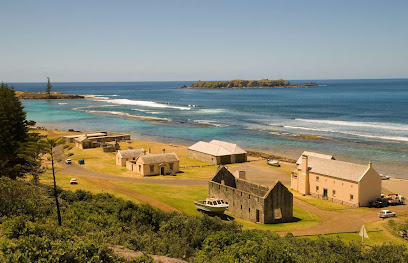
Bicentenary Centre
Discover the Bicentenary Centre, a serene park on Norfolk Island where nature and history intertwine for a peaceful getaway.
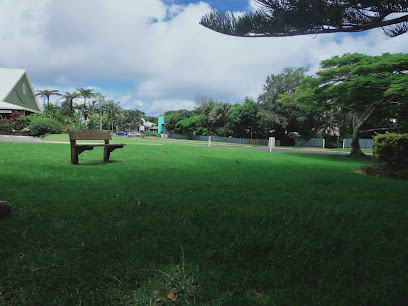
Essential places to dine
The Olive
Discover exquisite flavors at The Olive on Norfolk Island – where fresh ingredients meet warm hospitality in a picturesque setting.
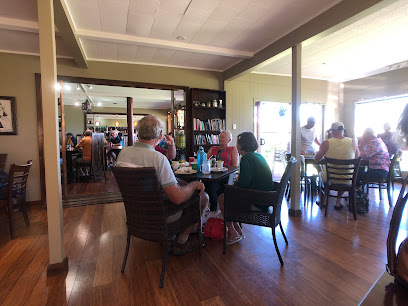
Hilli Restaurant & Cafe
Experience exquisite dining at Hilli Restaurant & Cafe on Norfolk Island - where local flavors meet breathtaking views.
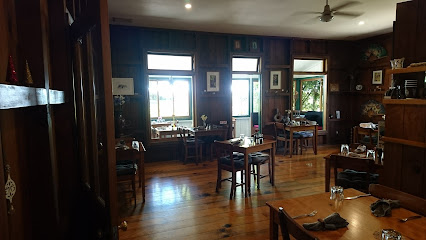
The Bowlo Bistro
Discover delightful local cuisine at The Bowlo Bistro on Norfolk Island - where flavor meets hospitality in a charming setting.
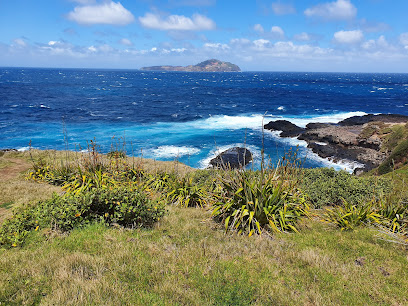
Bounty Bar & Grill
Discover exquisite Western cuisine at Bounty Bar & Grill on Norfolk Island, where flavor meets warmth in a stunning island setting.
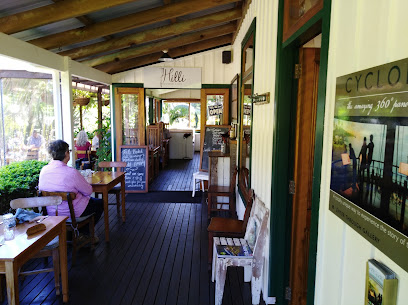
The Homestead Restaurant
Discover culinary excellence at The Homestead Restaurant on Norfolk Island - where Western flavors meet local ingredients in a stunning setting.
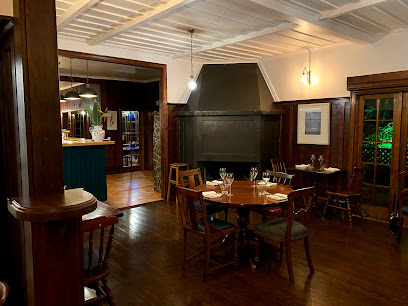
Norfolk Island Brewing
Discover the unique flavors of Norfolk Island at Norfolk Island Brewing, where craft beer meets stunning scenery for an unforgettable experience.

Salty Beer Garden
Discover the perfect blend of local flavors and family-friendly atmosphere at Salty Beer Garden on Norfolk Island.
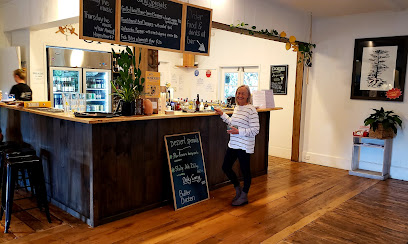
The Reef Takeaway
Experience Norfolk Island's freshest seafood at The Reef Takeaway – home of delicious fish and chips in Burnt Pine.
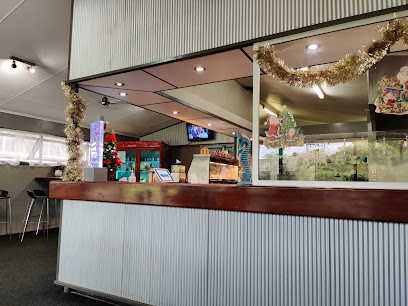
Bailey's
Discover Bailey's on Norfolk Island - where exquisite cuisine meets stunning views in a cozy setting perfect for any occasion.
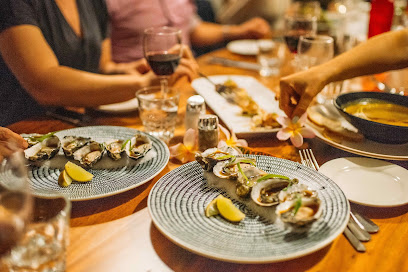
On Da Cliff
Experience exquisite seafood dining with stunning ocean views at On Da Cliff on Norfolk Island.
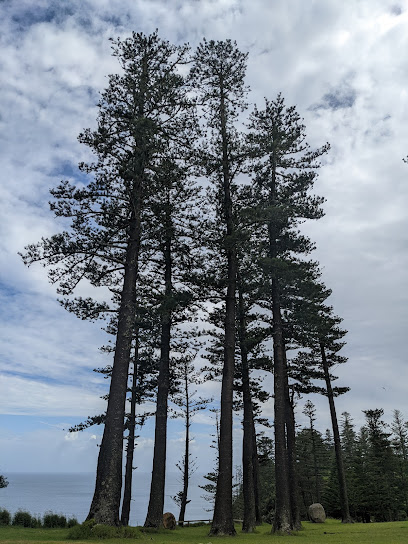
Enitaim Woodfired Pizza
Experience the authentic taste of wood-fired pizzas at Enitaim Woodfired Pizza on Norfolk Island—where flavor meets island charm.
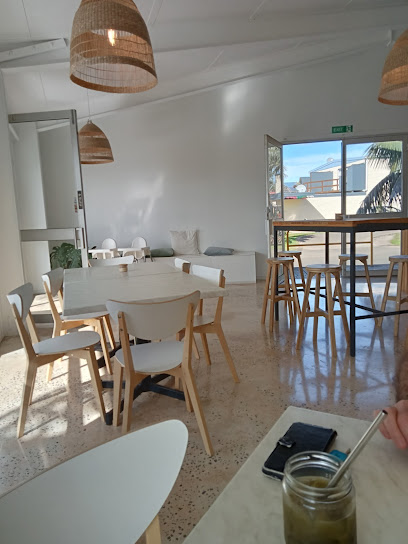
Slick's Deli
Discover delicious local cuisine at Slick's Deli in Burnt Pine, Norfolk Island—your go-to spot for hearty meals and authentic flavors.
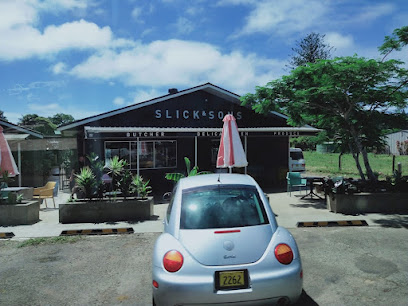
Juddway
Discover mouth-watering sandwiches at Juddway in Burnt Pine - where quality meets flavor on Norfolk Island.
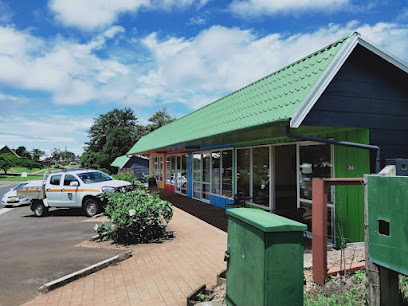
Aunt Mary's Kitchen
Discover the flavors of Norfolk Island at Aunt Mary's Kitchen, where every dish tells a story of local tradition and culinary excellence.
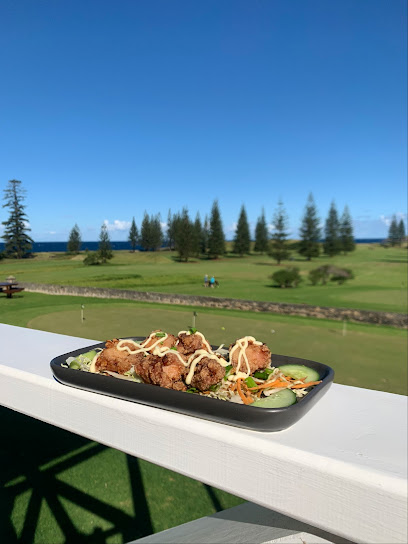
The Boatshed
Experience exceptional local cuisine with stunning views at The Boatshed on Norfolk Island.
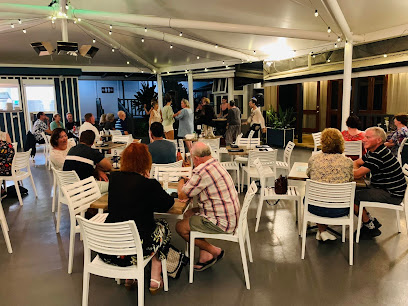
Markets, malls and hidden boutiques
Foodland Supermarket
Discover the flavors of Norfolk Island at Foodland Supermarket, your one-stop shop for local produce and gourmet ingredients.
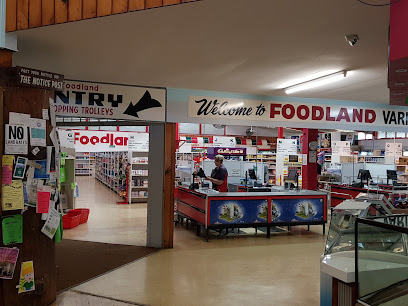
Norfolk Island Liquor Bond Store
Explore the Norfolk Island Liquor Bond Store for a delightful selection of local and international spirits in a welcoming atmosphere.
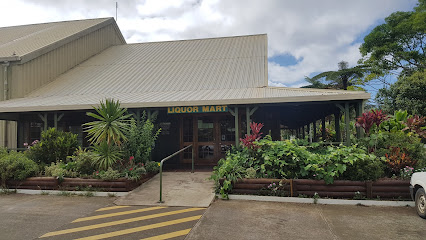
Pete's Place
Discover the heart of Norfolk Island at Pete's Place, your friendly general store for local goods, souvenirs, and island charm.
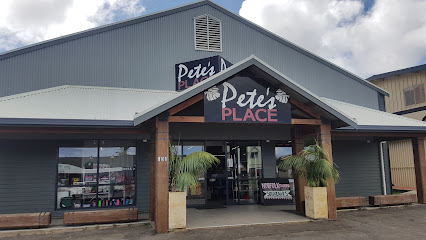
P & R Groceries
Explore P & R Groceries in Burnt Pine for local essentials and unique flavors of Norfolk Island in a welcoming atmosphere.
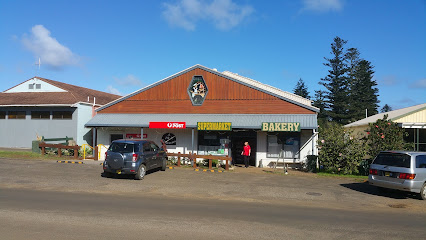
Burnt Pine Town Centre
Discover local crafts, unique souvenirs, and delightful dining at Burnt Pine Town Centre on Norfolk Island.
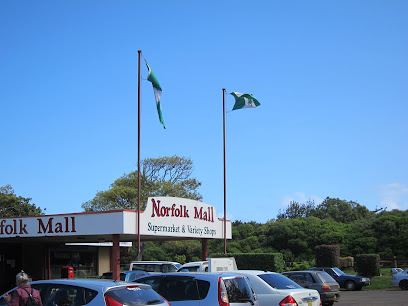
Prinke Eco Store
Experience the essence of sustainability at Prinke Eco Store, where organic coffees and natural goods meet on Norfolk Island.
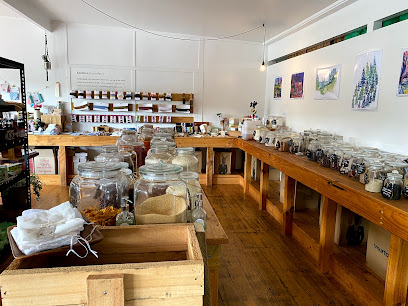
Norfolk Mall
Experience the vibrant community and local offerings at Norfolk Mall, the heart of shopping on Norfolk Island.
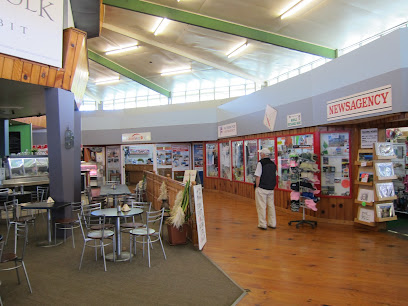
Seriously Chocolate
Discover the ultimate chocolate experience at Seriously Chocolate, a cozy coffee shop in Norfolk Island offering handmade delights and aromatic brews.
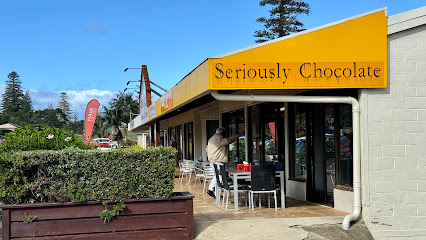
Bounty Centre
Explore Bounty Centre for unique souvenirs and local crafts that capture the spirit of Norfolk Island.
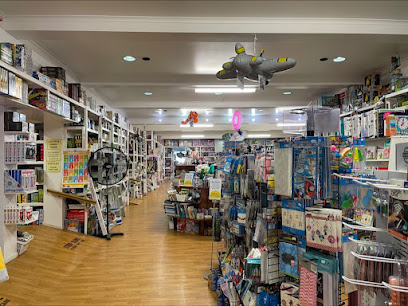
The R.E.O.
Explore Norfolk Island's rich history at The R.E.O., a museum showcasing artifacts and stories that illuminate the island's unique heritage.
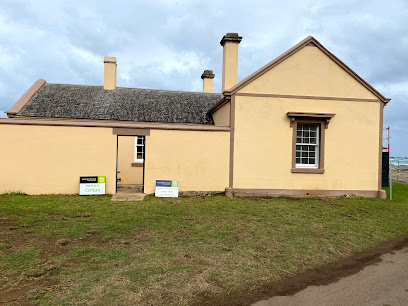
Sweeties Chocolate Factory
Discover the sweetest escape at Sweeties Chocolate Factory, where handcrafted chocolates and delightful ice creams await every visitor on Norfolk Island.
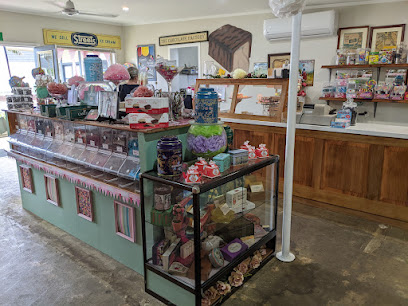
Franks shoes
Explore Burnt Pine's Frank's Shoes for a stylish selection that combines comfort and quality, perfect for every occasion on Norfolk Island.

Rabbit's Bikes and Brew
Discover the charm of Rabbit's Bikes and Brew, where excellent coffee meets a passion for cycling amidst the scenic beauty of Norfolk Island.
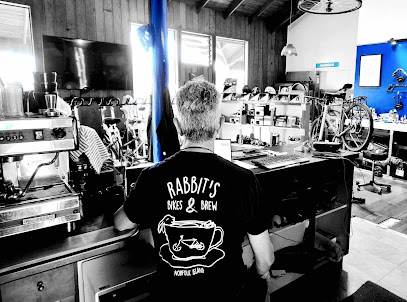
Wunna
Discover Wunna, the charming clothing store on Norfolk Island, showcasing unique local designs and warm, friendly service.

Chinese Emporium
Explore unique fashion at the Chinese Emporium, where Norfolk Island's spirit meets diverse clothing styles for every taste.

Essential bars & hidden hideouts
The Olive
Discover The Olive, where fresh local ingredients meet international flavors in a cozy setting on Norfolk Island.
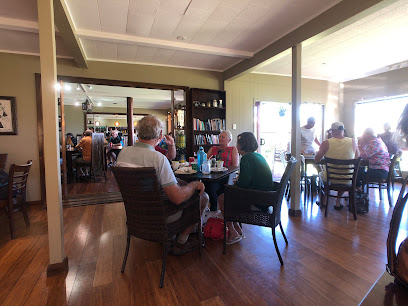
Hilli Restaurant & Cafe
Discover a delightful dining experience at Hilli Restaurant & Cafe, where fresh local ingredients meet warm island hospitality.
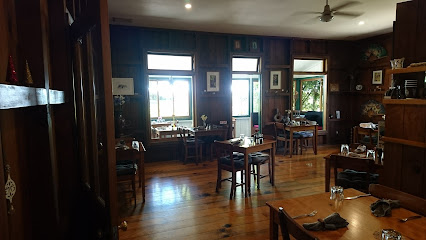
The Bowlo Bistro
Experience the flavors of Norfolk Island at The Bowlo Bistro, where fresh local ingredients meet exceptional culinary talent.

Bounty Bar & Grill
Discover the flavors of Norfolk Island at Bounty Bar & Grill, where local ingredients meet Western culinary traditions in a vibrant setting.
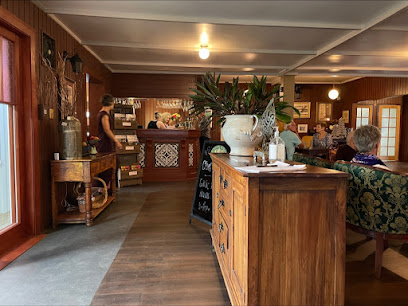
Norfolk Island RSL Memorial Club
Discover the vibrant community spirit and culinary delights at Norfolk Island RSL Memorial Club, a must-visit destination for tourists seeking local flavor.
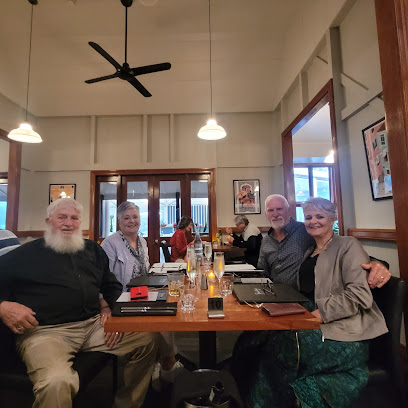
The Homestead Restaurant
Discover the flavors of Norfolk Island at The Homestead Restaurant, where Western cuisine meets local charm in a stunning setting.
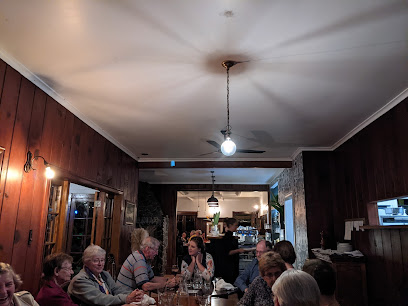
Norfolk Island Brewing
Discover the essence of craft brewing at Norfolk Island Brewing, where local flavors and a welcoming atmosphere await you.

Salty Beer Garden
Discover the welcoming atmosphere of Salty Beer Garden, a family-friendly haven on Norfolk Island offering local brews and delicious meals amidst nature.
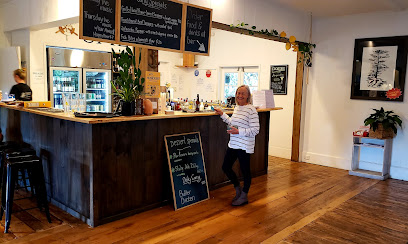
Black Anchor Bar
Discover Norfolk Island's nightlife at Black Anchor Bar, a vibrant venue offering a diverse selection of drinks and a friendly atmosphere for all.
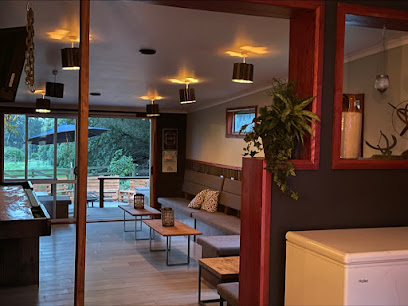
The Reef Takeaway
Savor the best fish and chips at The Reef Takeaway, a culinary gem on Norfolk Island, where fresh seafood meets island charm.

Bailey's
Experience the culinary magic of Norfolk Island at Bailey's, where local flavors meet international cuisine in a stunning setting.
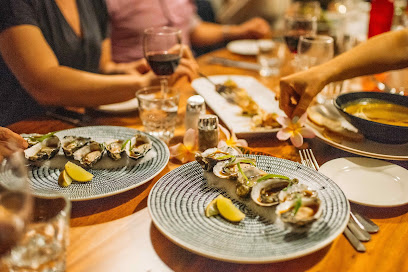
On Da Cliff
Discover On Da Cliff, a seafood lover's paradise on Norfolk Island offering fresh, local dishes with breathtaking ocean views.
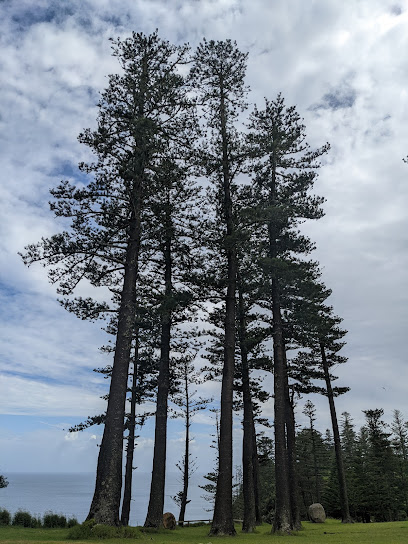
Slick's Deli
Discover local flavors at Slick's Deli in Burnt Pine, Norfolk Island, where fresh ingredients create unforgettable dining experiences.
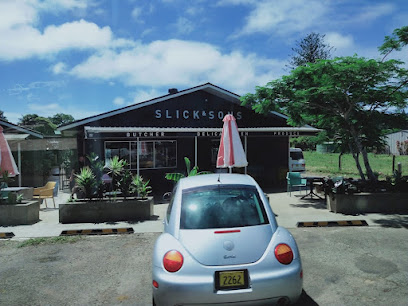
Wunna Bar & Lounge
Experience the charm of Norfolk Island at Wunna Bar & Lounge, where local flavors and breathtaking views create unforgettable moments.
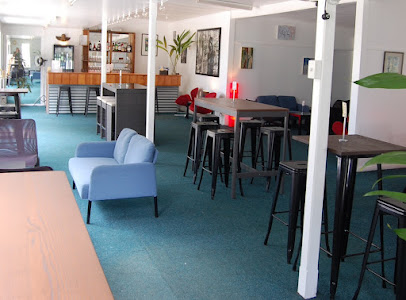
The Boatshed
Discover the culinary delights of The Boatshed on Norfolk Island, where local flavors meet stunning views in a welcoming atmosphere.

Local Phrases about Slaughter Bay
-
- HelloG'day
[G'day] - GoodbyeSee ya
[See ya] - YesYeah
[Yeah] - NoNah
[Nah] - Please/You're welcomePlease/No worries
[Please/No worries] - Thank youTa
[Ta] - Excuse me/SorrySorry
[Sorry] - How are you?How you goin'?
[How you goin'?] - Fine. And you?Good. You?
[Good. You?] - Do you speak English?You speak English?
[You speak English?] - I don't understandI don't get ya
[I don't get ya]
- HelloG'day
-
- I'd like to see the menu, pleaseI wanna have a look at the menu, thanks
[I wanna have a look at the menu, thanks] - I don't eat meatI don't eat meat
[I don't eat meat] - Cheers!Cheers!
[Cheers!] - I would like to pay, pleaseI wanna pay now, thanks
[I wanna pay now, thanks]
- I'd like to see the menu, pleaseI wanna have a look at the menu, thanks
-
- Help!Help!
[Help!] - Go away!Piss off!
[Piss off!] - Call the Police!Get the coppers!
[Get the coppers!] - Call a doctor!Get a doc!
[Get a doc!] - I'm lostI'm gone walkabout
[I'm gone walkabout] - I'm illI'm crook
[I'm crook]
- Help!Help!
-
- I'd like to buy...I wanna buy...
[I wanna buy...] - I'm just lookingI'm just having a squiz
[I'm just having a squiz] - How much is it?How much is that?
[How much is that?] - That's too expensiveThat's too dear
[That's too dear] - Can you lower the price?Can you do it cheaper?
[Can you do it cheaper?]
- I'd like to buy...I wanna buy...
-
- What time is it?What's the time?
[What's the time?] - It's one o'clockIt's one o'clock
[It's one o'clock] - Half past (10)Half past ten
[Half past ten] - MorningMornin'
[Mornin'] - AfternoonArvo
[Arvo] - EveningEvenin'
[Evenin'] - YesterdayYesty
[Yesty] - TodayToday
[Today] - TomorrowTomorra
[Tomorra] - 1One
[One] - 2Two
[Two] - 3Three
[Three] - 4Four
[Four] - 5Five
[Five] - 6Six
[Six] - 7Seven
[Seven] - 8Eight
[Eight] - 9Nine
[Nine] - 10Ten
[Ten]
- What time is it?What's the time?
-
- Where's a/the...?Where's the...?
[Where's the...?] - What's the address?What's the addy?
[What's the addy?] - Can you show me (on the map)?Can you show me on the map?
[Can you show me on the map?] - When's the next (bus)?When's the next bus?
[When's the next bus?] - A ticket (to ....)A ticket to ...
[A ticket to ...]
- Where's a/the...?Where's the...?
History of Slaughter Bay
-
Long before European explorers set foot on Norfolk Island, the island was home to Polynesian settlers. Evidence suggests that these early inhabitants arrived around the 14th or 15th century. Archaeological remains, including tools and pottery, have been discovered near Slaughter Bay, indicating that this area was a significant part of their settlement.
-
In 1774, the famed British explorer Captain James Cook discovered Norfolk Island during his second voyage to the South Pacific. He named the island after the Duchess of Norfolk. Cook's journals note that he anchored near what is now known as Slaughter Bay. This discovery marked the beginning of European interest in the island.
-
In 1788, just a few weeks after the First Fleet arrived in Australia, the British established a penal settlement on Norfolk Island. Slaughter Bay was a central location for the initial landing and subsequent activities. The bay's natural features made it a suitable site for unloading supplies and prisoners. The settlement was notorious for its harsh conditions and brutal regime.
-
In 1856, descendants of the HMS Bounty mutineers were relocated from Pitcairn Island to Norfolk Island. The community settled around various parts of the island, including areas near Slaughter Bay. The Pitcairn Islanders brought with them a unique blend of Polynesian and European cultures, which significantly influenced the local culture and traditions.
-
During World War II, Norfolk Island played a crucial strategic role due to its location in the South Pacific. Slaughter Bay's vicinity was used as a site for unloading military supplies and equipment. The island served as a key communication and transit point for Allied forces, and remnants of wartime infrastructure can still be seen in the area.
-
Today, Slaughter Bay is a popular spot for both locals and tourists. The bay is renowned for its crystal-clear waters, which make it an excellent location for snorkeling and exploring marine life. Visitors can also explore historical sites and learn about the rich history of Norfolk Island through various markers and information boards scattered around the bay.
Slaughter Bay Essentials
-
Slaughter Bay is located on Norfolk Island, a small island in the Pacific Ocean between Australia, New Zealand, and New Caledonia. The only way to reach Norfolk Island is by air. Regular flights operate from Sydney and Brisbane in Australia. The island's airport, Norfolk Island Airport (NLK), is located just a short drive from Slaughter Bay.
-
Once on Norfolk Island, getting around is straightforward. Car rental is highly recommended as it provides the flexibility to explore at your own pace. There are several car rental agencies at the airport and in Burnt Pine, the island’s main settlement. Alternatively, taxis are available but can be less convenient for exploring remote areas. Bicycles and e-bikes are also popular for shorter distances and enjoying the island’s scenic routes.
-
The official currency of Norfolk Island is the Australian Dollar (AUD). Credit and debit cards are widely accepted in hotels, restaurants, and shops. However, it is advisable to carry some cash, particularly for smaller establishments or markets. ATMs are available in Burnt Pine, but it's best to withdraw sufficient funds upon arrival.
-
Norfolk Island is generally considered very safe for tourists. Crime rates are low, and locals are friendly and welcoming. However, it is always wise to take standard precautions: avoid leaving valuables unattended, be cautious when walking alone at night, and stay aware of your surroundings. There are no specific high-crime areas targeting tourists.
-
In case of emergency, dial 911 for immediate assistance. The Norfolk Island Hospital is equipped to handle most medical emergencies and is located in Burnt Pine. It is advisable to have travel insurance that covers medical emergencies and evacuation. For minor health issues, local pharmacies can provide over-the-counter medications.
-
Fashion: Do dress casually but neatly. Beachwear is appropriate for the beach but not for restaurants or shops. Religion: Do respect local customs and traditions. Although there are no strict dress codes, modest attire is appreciated when visiting churches. Public Transport: Do use the available taxis or car rentals, as public transport is limited. Greetings: Do greet people with a friendly 'hello' or 'hi'. Locals are generally informal and welcoming. Eating & Drinking: Do try local dishes and seafood. Don’t refuse food or drink offerings, as it is considered impolite.
-
To experience Slaughter Bay like a local, visit the local markets and shops in Burnt Pine where you can buy fresh produce and Norfolk Island products. Engage with the locals, who are often eager to share stories and history about the island. Don’t miss visiting the historical sites such as the Kingston and Arthur's Vale Historic Area, which gives a deep insight into the island’s convict past. For a unique experience, take a glass-bottom boat tour to explore the vibrant marine life in Slaughter Bay.
Trending Landmarks in Slaughter Bay
-
Norfolk Island National Park
-
St Barnabas Chapel
-
Mount Pitt Lookout
-
Queen Elizabeth Lookout
-
No 10 Quality Row House Museum
-
Emily Bay
-
Fletcher’s Mutiny Cyclorama
-
Botantic Gardens
-
Cockpit Waterfall
-
Cemetery Bay
-
HMS Sirius Museum
-
Kingston UNESCO World Heritage Site
-
Commissariat Store
-
Norfolk Island Cemetery
-
Crystal Pool
Nearby Cities to Slaughter Bay
-
Things To Do in Ball Bay
-
Things To Do in Burnt Pine
-
Things To Do in Cascade
-
Things To Do in Phillip Island
-
Things To Do in Nouméa
-
Things To Do in Tadine
-
Things To Do in La Foa
-
Things To Do in Bourail
-
Things To Do in Paihia
-
Things To Do in Whangarei
-
Things To Do in Hienghène
-
Things To Do in Isangel
-
Things To Do in Lenakel
-
Things To Do in Auckland
-
Things To Do in Hamilton

